Free video lessons on the American English Consonants
In these videos, you'll master the American English consonants as Julie gives you detailed instructions on how to pronounce each sound like a native speaker. You'll complete practice exercises with Julie in each lesson as you perfect your consonant pronunciation!

Top 5 Tips for Perfect Vowels & Consonants
Watch the replay of my livestream class where I discussed my Top 5 Tips for Perfect Vowels and Consonants! In this live class, I'll dive into the top 5 vowels and consonants you MUST pronounce correctly in order to sound clear and natural in English. Trust me, you don't want to miss this!

The TRUTH About Consonants!
Have I been lying to you this whole time about how to pronounce consonants? In this video, I'll come clean and tell you the truth about how native speakers actually pronounce voiced consonants in American English (HINT: Sometimes a D is pronounced like a T!)
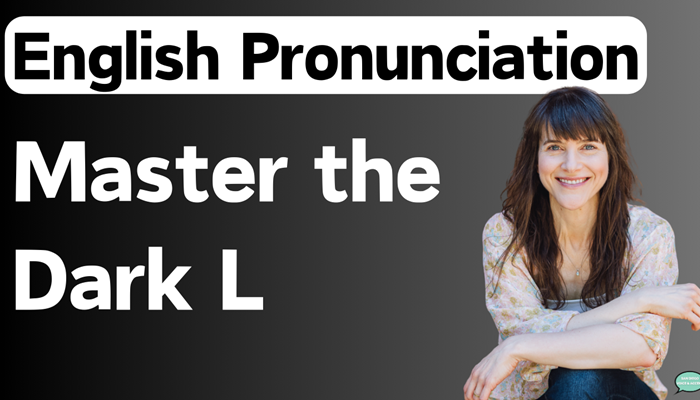
Advanced English Pronunciation Practice: The Dark L
If you're a non-native speaker looking to refine your English pronunciation and sound more like a native speaker, mastering the Dark L is essential. Learn how to pronounce the Dark L in this video!
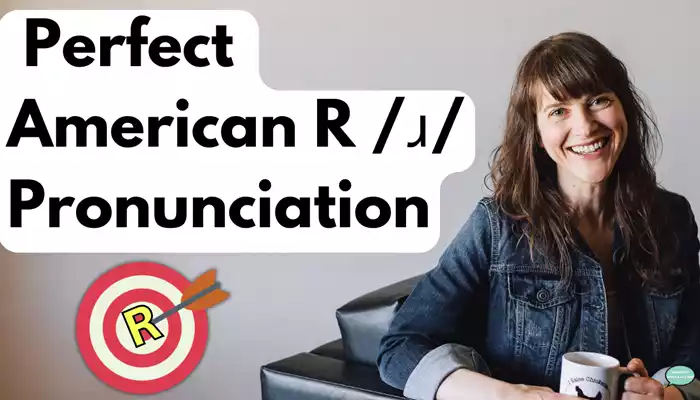
Best American R /ɹ/ Pronunciation Practice
Don't be afraid of the American R /ɹ/ consonant any longer! You CAN pronounce this sound, and this video will show you how!

Smooth and Easy English: The Nasal Flap
Speak smooth and easy English like a native with the Nasal Flap /ɾ̃/!

Smooth and Easy English: The Glottal Stop T
Speak smooth and easy English like a native with the Glottal Stop T /ʔ/!

Pronunciation Tips for Smooth & Easy English: The Flap T
Speak smooth and easy English like a native with the Flap T /ɾ/!

How to Pronounce the R /ɹ/ Consonant
Master EVERY consonant sound of American English starting with the R /ɹ/ "real" consonant.

How to Pronounce the Y /j/ Consonant
Master EVERY consonant sound of American English starting with the Y /j/ "yes" consonant.

How to Pronounce the W /w/ Consonant
Master EVERY consonant sound of American English starting with the W /w/ "wheel" consonant.

How to Pronounce the T /t/ and D /d/ Consonants
Master EVERY consonant sound of American English starting with the T /t/ "time" and D /d/ "do" consonants.

How to Pronounce the TH /θ, ð/ Consonants
Master EVERY consonant sound of American English starting with the TH /θ, ð/ "think" and "breathe" consonants.

How to Pronounce the L /l/ Consonant
Master EVERY consonant sound of American English starting with the L /l/ "light" and "pull" consonant.

How to Pronounce the CH /ʧ/ and J /ʤ/ Consonants
Master EVERY consonant sound of American English starting with the CH /ʧ/ "chair" and J /ʤ/ "July" consonants.

How to Pronounce the SH /ʃ/ and ZH /ʒ/ Consonants
Master EVERY consonant sound of American English starting with the SH /ʃ/ "shoe" and ZH /ʒ/ "treasure" consonants.

How to Pronounce the F /f/ and V /v/ Consonants
Master EVERY consonant sound of American English starting with the F /f/ "father" and V /v/ "very" consonants.

How to Pronounce the S /s/ and Z /z/ Consonants
Master EVERY consonant sound of American English starting with the S /s/ "see" and Z /z/ "zoo" consonants.

How to Pronounce the NG /ŋ/ Consonant
Master EVERY consonant sound of American English starting with the NG /ŋ/ "sing" consonant.

How to Pronounce the N /n/ Consonant
Master EVERY consonant sound of American English starting with the N /n/ "never" consonant.
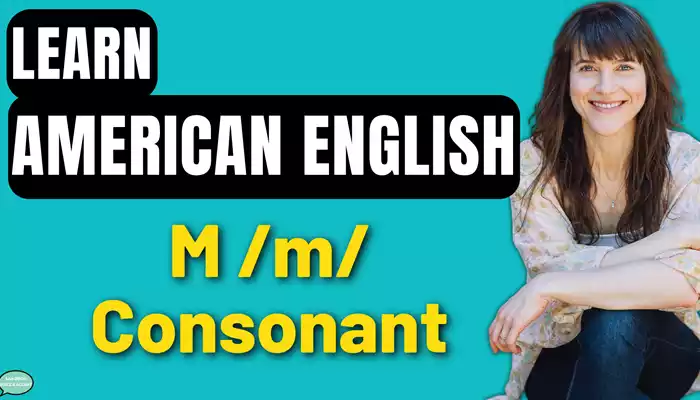
How to Pronounce the M /m/ Consonant
Master EVERY consonant sound of American English starting with the M /m/ "mother" consonant.

How to Pronounce the H /h/ Consonant
Master EVERY consonant sound of American English starting with the H /h/ "hello" consonant.

How to Pronounce the K /k/ and G /g/ Consonants
Master EVERY consonant sound of American English starting with the K /k/ "card" and G /g/ "go" consonants.

How to Pronounce the P /p/ and B /b/ Consonants
Master EVERY consonant sound of American English starting with the P /p/ "pear" and B /b/ "bat" consonants.
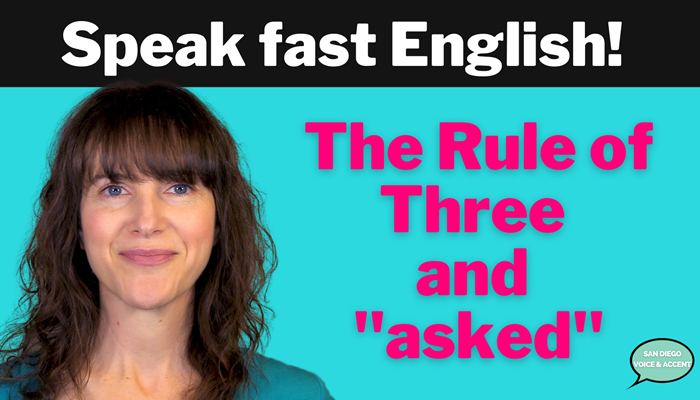
Speak Clear and Fast English: Rule of Three and "Asked"
Learn to speak clear and fast English using reductions and the Rule of Three! Then practice reductions, linking, and rhythm with me at the end.
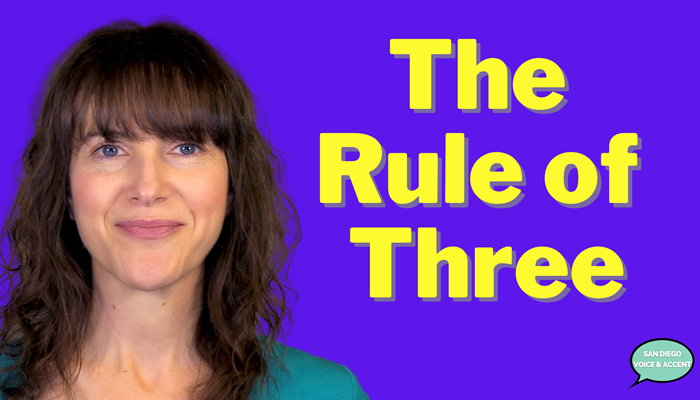
The Rule of Three
Have you ever wondered why native speakers of American English don't pronounce the "t" in "lastly"? Or in "Christmas"? Or in the phrase "first day"? It's because of the Rule of Three!

Linking with the Unreleased D
If you want to speak like a native speaker of American English, you have to master linking! And linking with the D consonant is especially tricky for non-native speakers. Learn why in this video!
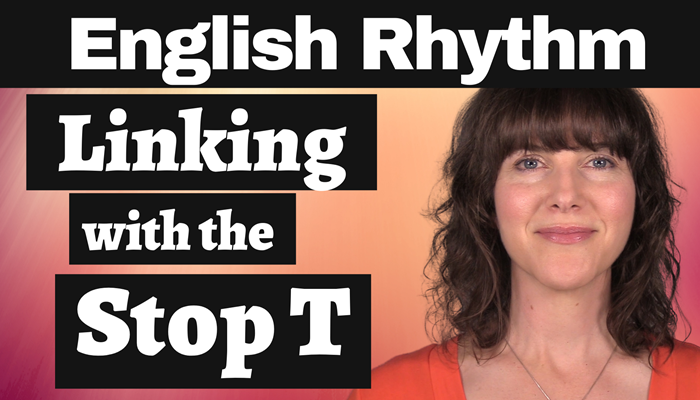
How to Link Words Using the Stop T
A funny thing happens to the True T sound when it comes at the end of a word. Sometimes it turns into a completely different sound - a Stop T sound. Learn how to link words together using the Stop T in this video!
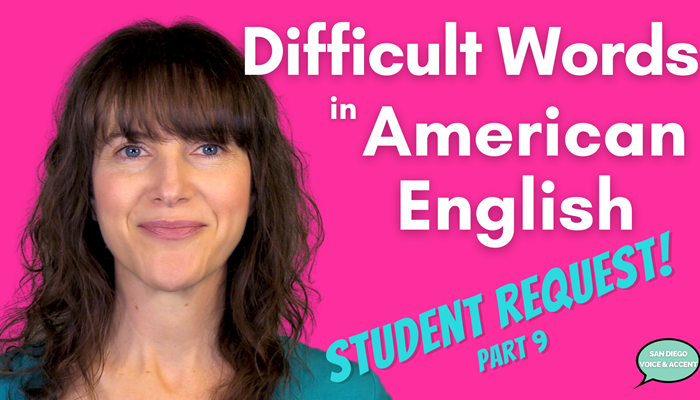
How to Pronounce Difficult Words in American English - Dark L [Student Request Part 9]
Learn how to pronounce these difficult words in English: Model (noun, verb); bundle (noun, verb); curious (adjective); wildlife (noun).
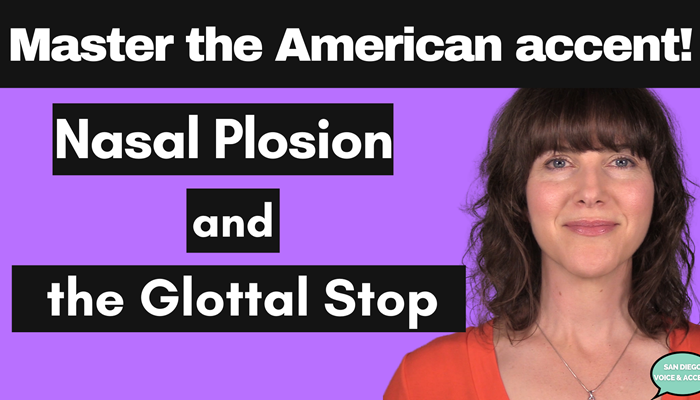
Learn the American Accent! Nasal Plosion and the Glottal Stop
If you look at the spelling of the words "eden" and "eaten", you would think their pronunciations would be completely different - but they're very similar! "Eden" has nasal plosion, and "eaten" has a glottal stop. Learn how to pronounce these tricky sounds in this video!

Your #1 Go-To Guide to the Dark L
If you have any questions about how to pronounce the Dark L in American English, THIS is your video! You'll learn how to pronounce the Dark L with drawings, videos, slow-motion shots, AND an ultrasound image of native speakers as they say the Dark L!
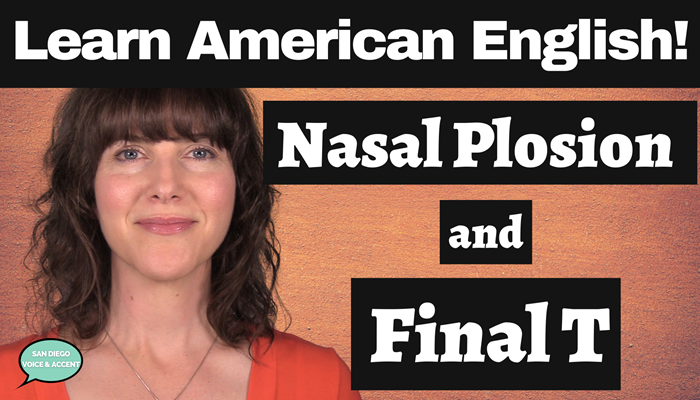
Nasal Plosion and a Final T Consonant
This video is for all the advanced English speakers out there!! Let's combine two important (and tricky) pronunciation areas of American English: The T consonant and nasal plosion!

The Nasal Flap in American English
You've heard about the flap, which is in the word "water." But that's not the only flap used in American English! Now you need to learn about the nasal flap /ɾ̃/, also known as the Vanishing T, which native speakers use in words like "internet" and "twenty."

The Glottal Stop in American English
Glottal Stop. Stop T. Glottal T. All three terms refer to the same sound, and this sound is very common in American English. In this video, you'll learn 4 ways to use the glottal stop in American English!
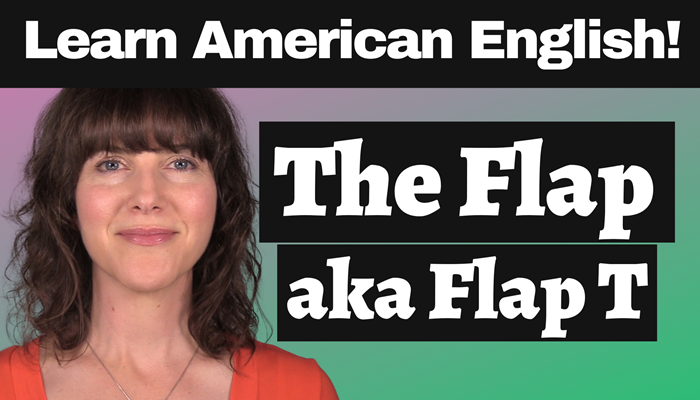
All About the Flap (aka Flap T)
What's the easiest way to sound more like a native speaker of American English? Use the flap! The flap occurs everywhere in American English, and if you want to sound natural to a native speaker, you must learn how to pronounce it and when to use it!
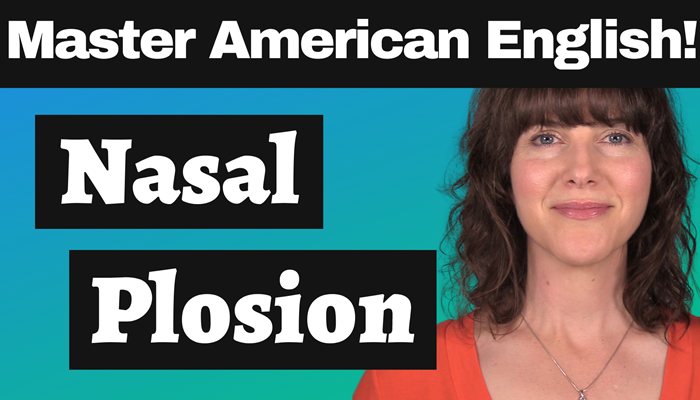
How to Pronounce Words with Nasal Plosion
Nasal plosion is an advanced area of American English pronunciation, but if you can use it correctly, you will sound much more natural to a native speaker!

How the Dark L Influences Vowels
The Dark L is a tricky sound! It is difficult to pronounce on its own, but it's even more difficult when it is in a word like "feel" or "pill" or "sale". Why? Because it influences the way the vowel is pronounced - the vowel changes because of the Dark L!
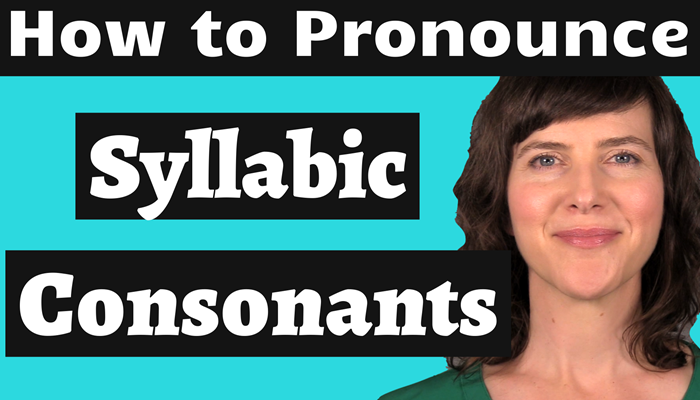
How to Pronounce Syllabic Consonants
Have you been told this before: "If you count the number of vowels in a word in American English, then you'll know the number of syllables in that word"? That's not entirely true! Sometimes syllables have no vowels - only consonants!
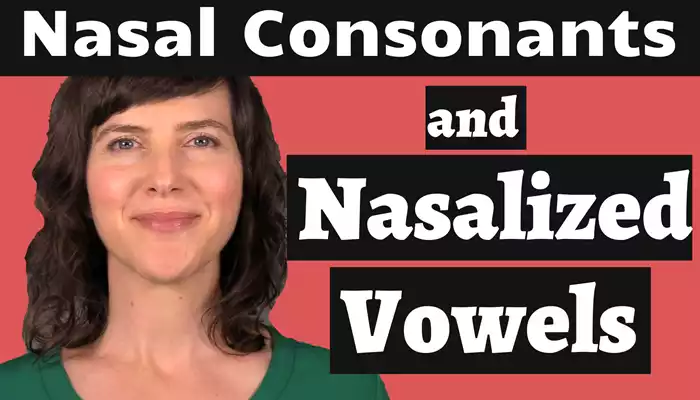
How Nasal Consonants Influence Vowels
American English doesn't have nasal vowels...BUT...nasal consonants can influence the way vowels are pronounced! If you want to sound natural to a native speaker, you need to master the nasalization of the American English vowels.
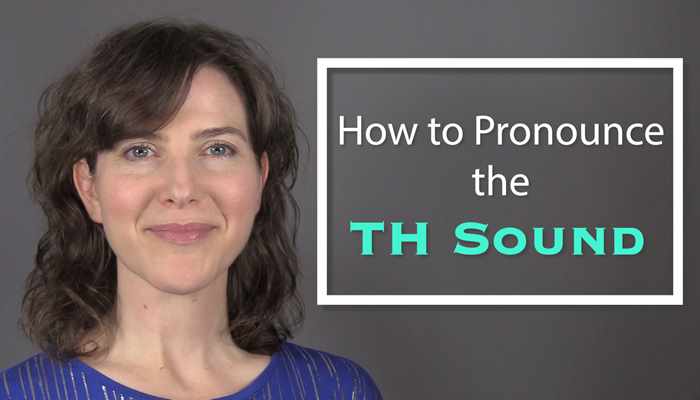
How to Pronounce the TH Sound
Here are the BEST tips to pronouncing the American TH sound - including the variations of the TH sound!
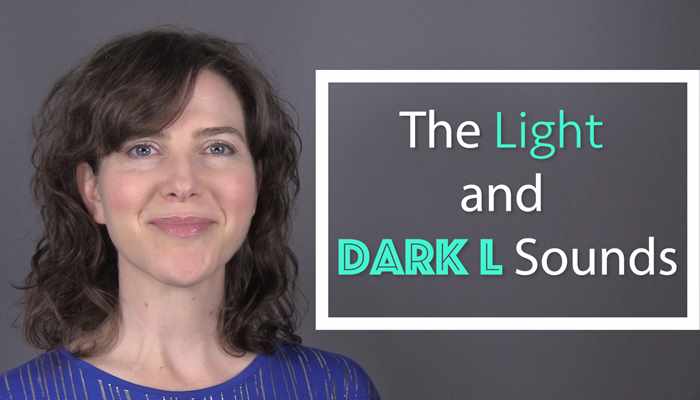
How to Pronounce the Light L and Dark L Sounds
How is the L in "love" different from the L in "tall"? Learn about the light L and dark L sounds in this video!
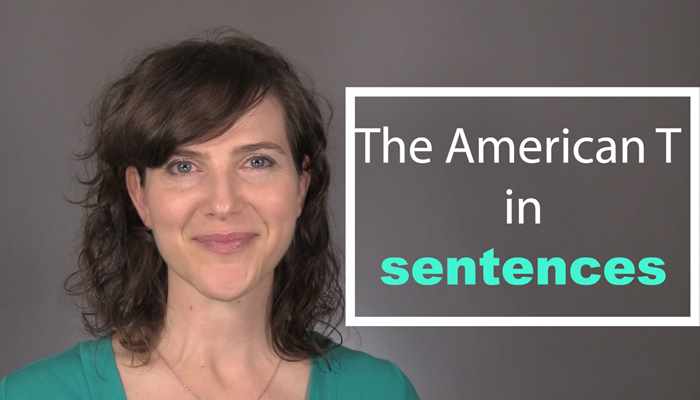
The American T in Sentences
The American T sound can be pronounced three different ways! Test your knowledge about the three American T sounds with this video.
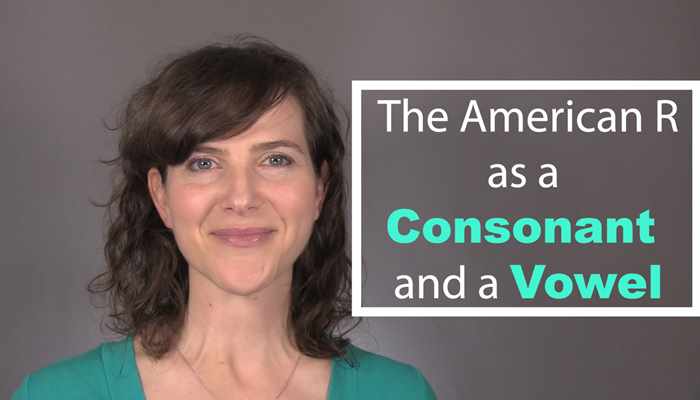
The American R Sound as a Consonant and a Vowel
How is the R in "right" different from the R in "learn"? Test your knowledge of the American R sound with this video!
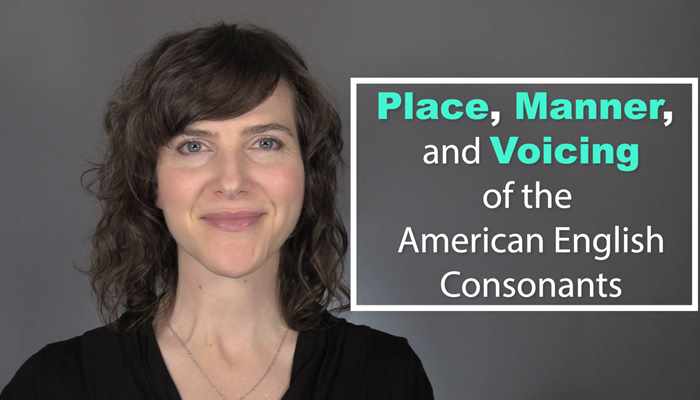
Place, Manner, and Voicing of the American English Consonants
How is the "P" sound different from the "B" sound? Learn what makes the American English consonants different from each other!
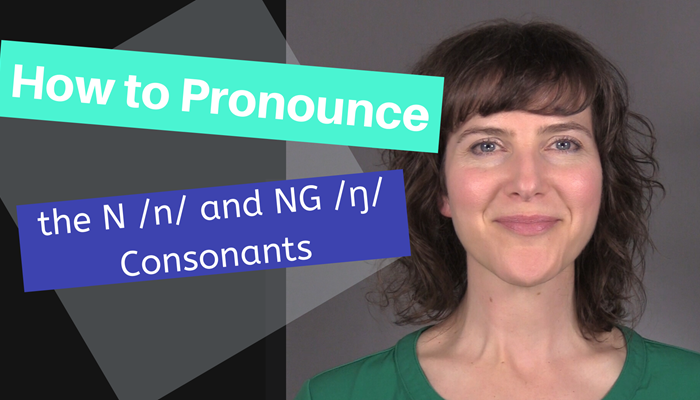
How to Pronounce the N /n/ and NG /ŋ/ Consonants
Learn the tips to pronouncing the N /n/ in "sun" and NG /ŋ/ in "song" - and learn when you can reduce the NG sound!
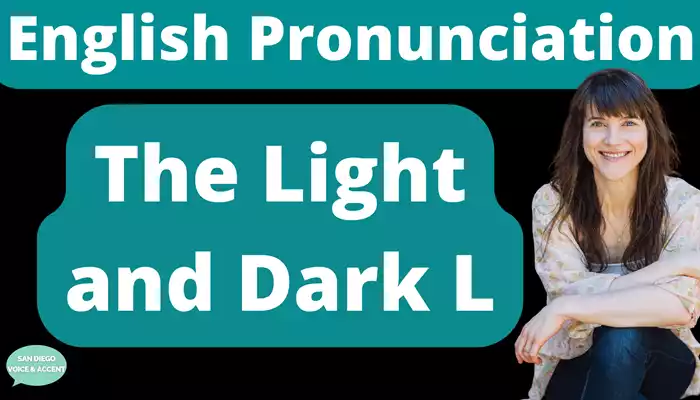
How to Pronounce the L Sound: Light L vs. Dark L
The L sound is tricky for many people - learn more about how to pronounce the light L and dark L sounds in this quick video and article!

The Top 5 Problematic Sounds in American English: The TH Sound
This is Part Two of the Top 5 Problematic Sounds in American English. Many non-native speakers struggle with the TH consonant, but this video will make it easy!
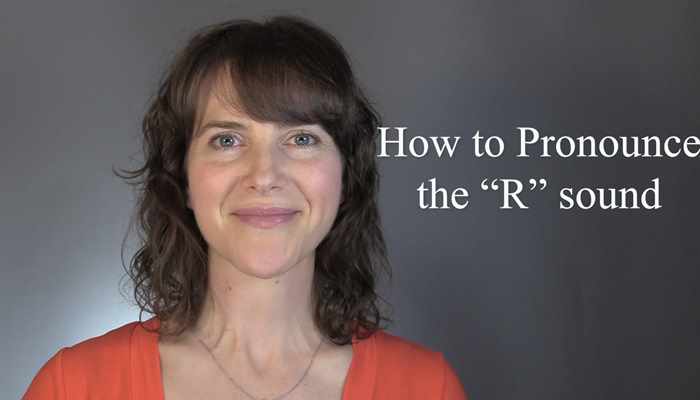
The Top 5 Problematic Sounds in American English: The "r" Sound
This is Part Three of the Top 5 Problematic Sounds in American English.
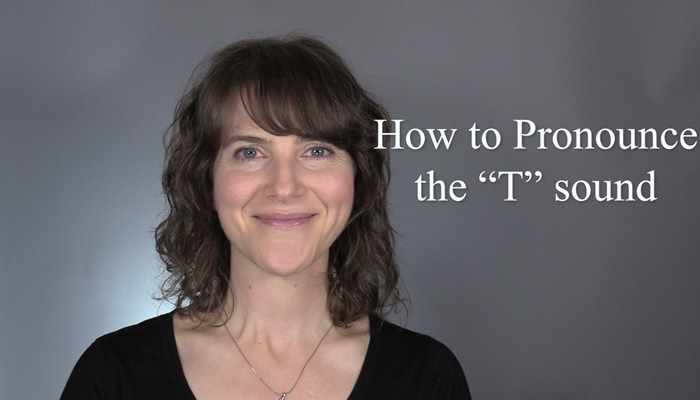
The Top 5 Problematic Sounds in American English: The "t" Sound
Based on my experience with accent modification, most people have difficulties with these same 5 sounds, regardless of their native language. I’ll begin this series with the first sound, “t”.